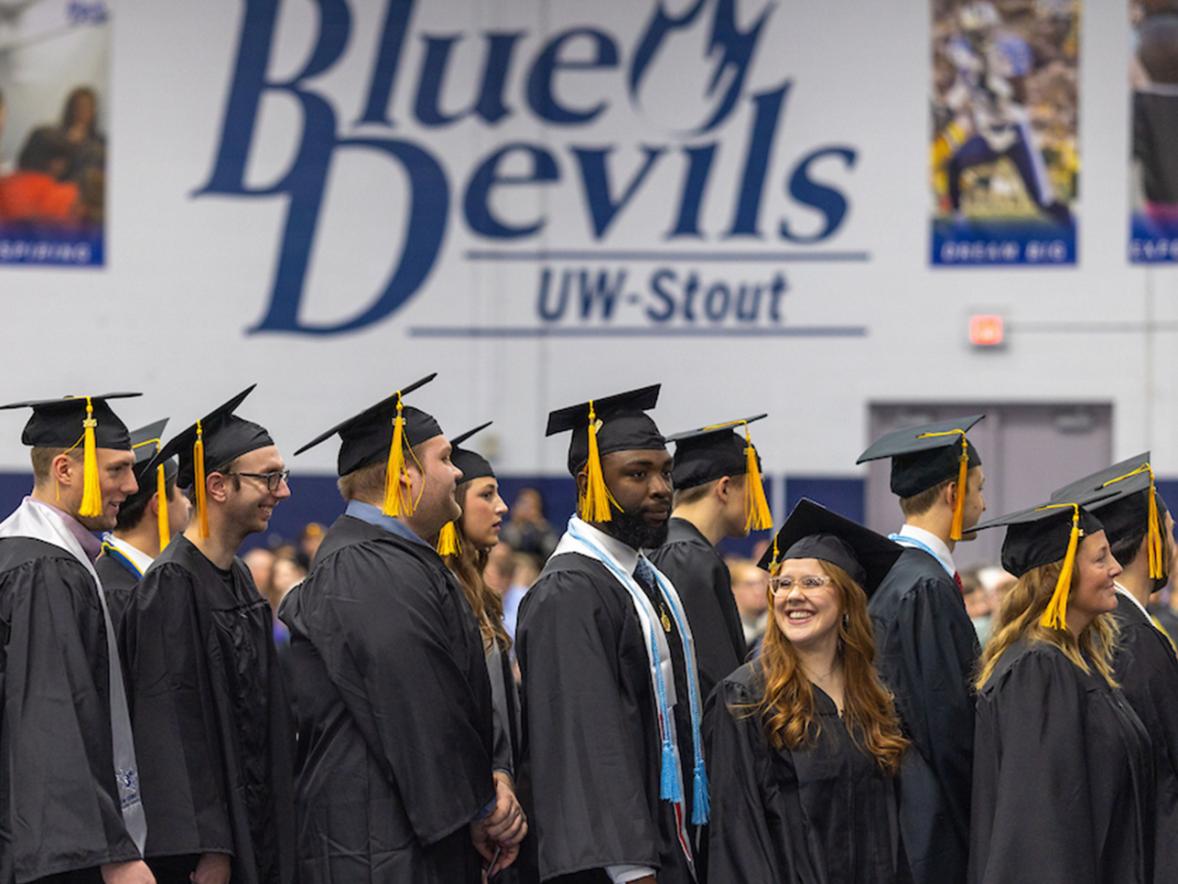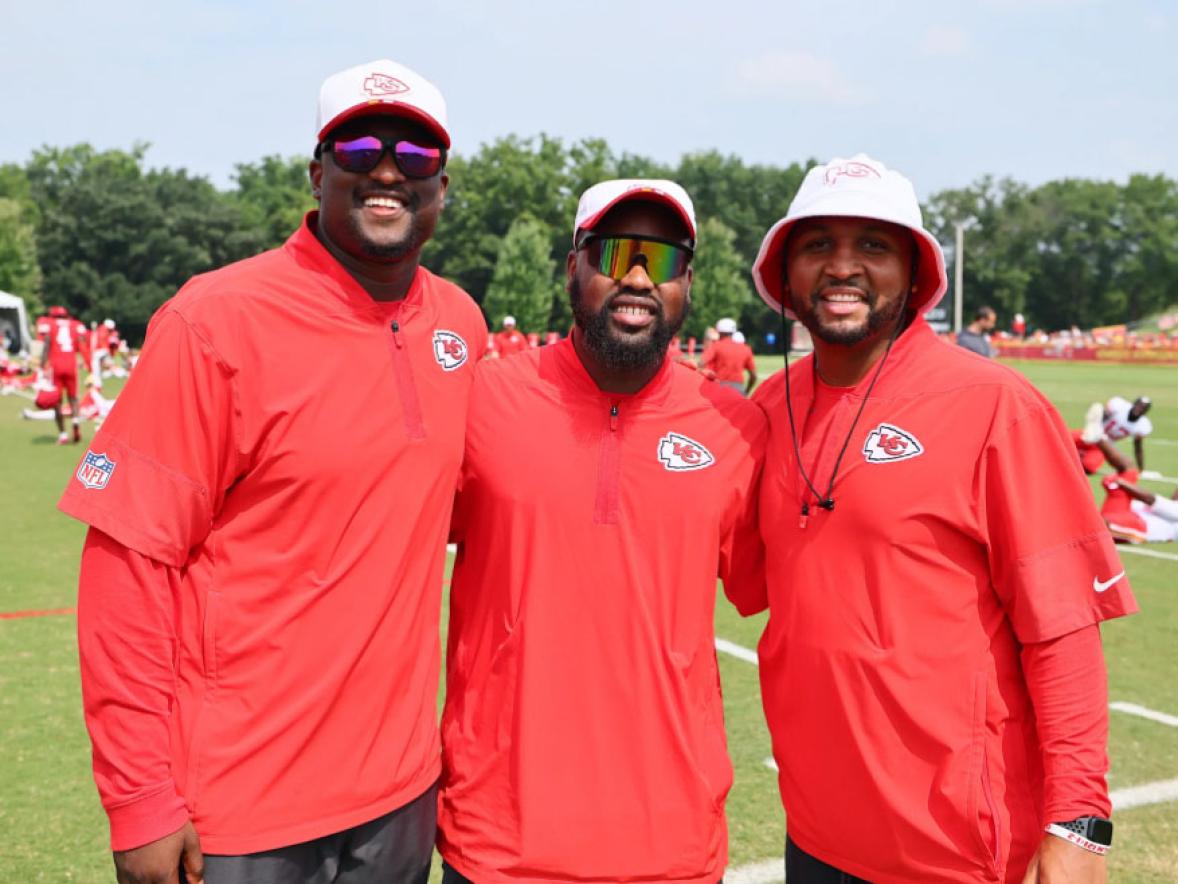During the recent 50th anniversary of U.S. astronauts becoming the first to walk on the moon, historians paid tribute to the accomplishment and memories were stirred by those captivated with the decade long effort to get there.
The anniversary also revealed how it took the support of a nation to accomplish the feat. The expertise of ordinary citizens played a role in developing the science and technology to create and sustain the space program through trial, error and eventually success.
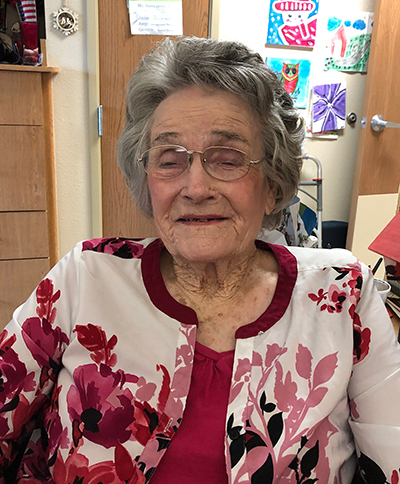 One of those citizens was a former professor at University of Wisconsin-Stout, Alta Belle Kemp. Now 99, Kemp was drawn into the space race in the mid-1960s. As a Ph.D. student in foods and nutrition at Texas Woman’s University, she led a NASA grant project to research the impact of weightlessness on the health of astronauts.
One of those citizens was a former professor at University of Wisconsin-Stout, Alta Belle Kemp. Now 99, Kemp was drawn into the space race in the mid-1960s. As a Ph.D. student in foods and nutrition at Texas Woman’s University, she led a NASA grant project to research the impact of weightlessness on the health of astronauts.
A few years later, when the major goal of the space race was accomplished with the first moon walk July 20, 1969, Kemp followed the action like millions of other Americans and was proud to have played a role.
“It was exciting,” said Kemp, of Temple, Texas, who in 1969 was living in Menomonie and teaching at UW-Stout.
The research in 1964 and 1965 by Kemp, under TWU Research Institute director Pauline Beery Mack, wasn’t just theoretical. The results were put to use almost immediately by NASA as the space program developed. Kemp’s work involved seven Gemini and Apollo missions. She:
- Conducted bed rest tests with male volunteers that mimicked life in space
- Helped develop menus for astronauts while in space and after they returned
- Analyzed impacts on their health when they returned.
Although Kemp’s work was based at TWU in Denton, Texas, Mack traveled to get x-rays and urine samples from astronauts after splashdowns. A TWU archive still has x-rays of the hands and feet of nine early U.S. astronauts.
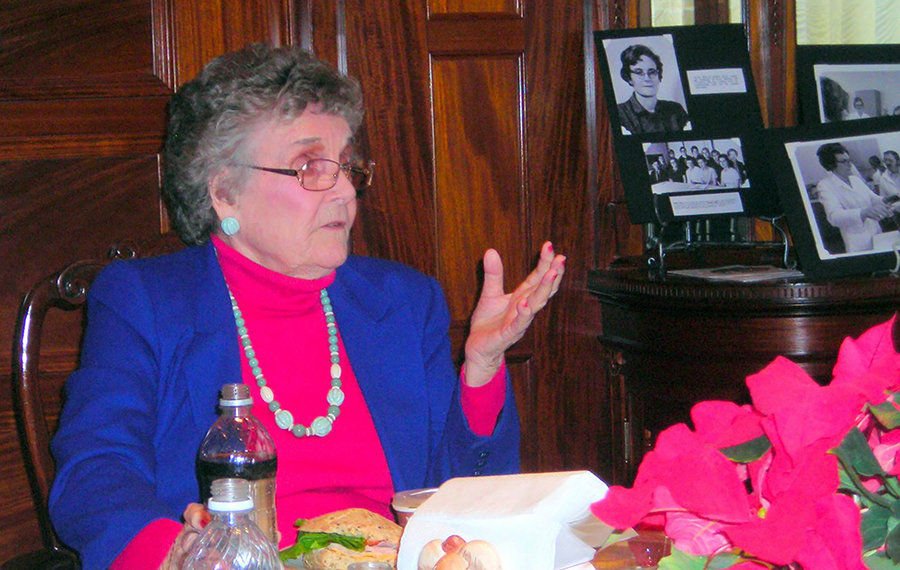
Mack, in her 70’s at the time, was a noted researcher whose work went back to World War II, and she chose Kemp to lead her NASA research
Kemp, a dietitian with a master’s in foods and nutrition from TWU in 1963, tested astronauts’ urine to see how much calcium they lost while in space. Weightlessness and lack of movement — calcium distribution is triggered by the heel when walking — can lead to bone density loss.
One result of Kemp’s research was reducing milk, although rich in calcium, from astronauts’ diets to reduce defecation. “Because of my findings, further space flights had to restrict milk from their diets,” said Kemp, who turns 100 in September.
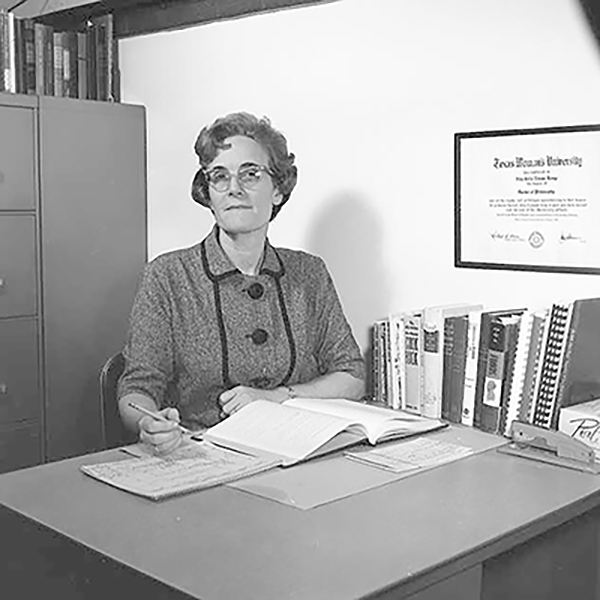 Kemp’s research also helped advance the science of nutrition beyond NASA, much like what NASA research did for other science and technology fields.
Kemp’s research also helped advance the science of nutrition beyond NASA, much like what NASA research did for other science and technology fields.
“There were so many aspects of the space program spread around. Nutrition is one that you didn’t think about very much,” said Bill Kemp, one of Alta Belle Kemp’s three children. “Food and nutrition were a big deal. It shows how far-reaching and complicated it was for the U.S. to lead in the space program.”
At UW-Stout, she taught dietetics from 1966 to 1976 while her husband, Marvin, taught sociology at UW-Eau Claire. UW-Stout still has programs in dietetics and food science.
She also did research at UW-Stout on understanding the nutritional value of soybeans for the human diet, at a time when planting protein-rich soybeans wasn’t as common in the U.S. as it is today.
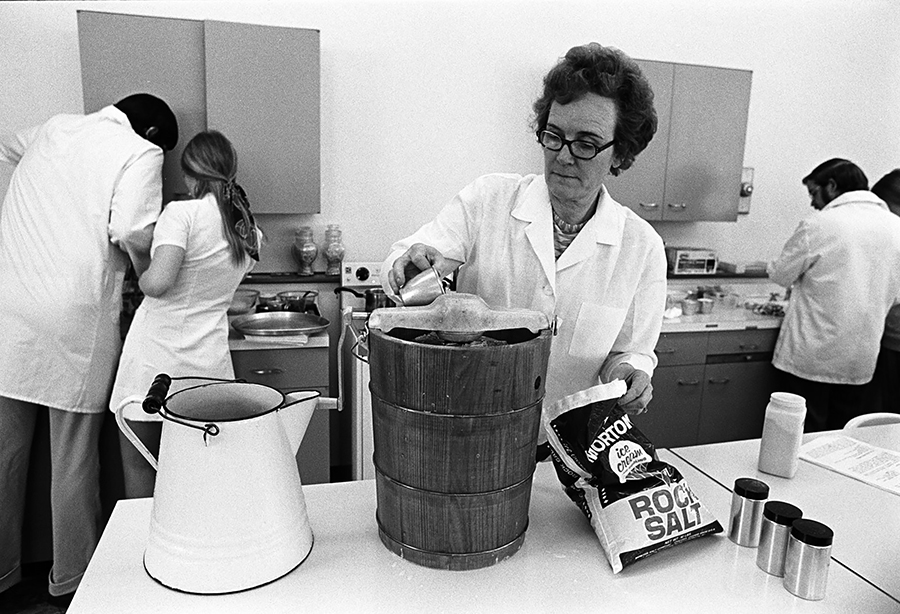
Bill Kemp remembers as a kid hanging out in the lab with his mom while she was conducting the NASA research. “She was very much a pioneer in women’s studies. In the era when she grew up, women just didn’t do those sorts of things,” he said, noting she has five degrees despite having grown up during the Great Depression. She earned her first degree at age 33. She and Marvin helped build B-36 bombers during World War II in Fort Worth, Texas.
Bill Kemp graduated from Menomonie High School in 1968, was a crypto-analyst in the military and graduated in industrial technology from UW-Stout in 1976. He was an adjunct instructor on campus in operations management and supply chain management from 2009-12 and is vice president of operations for Geissler Corp. in Minneapolis, which designs medical products.
Alta Belle Kemp said she enjoyed teaching at UW-Stout, something Bill echoed. “She’s about the biggest cheerleader of Stout there is. Of all her experiences, she just loved Stout,” he said.
Don Wik
Another former UW-Stout employee, Don Wik who died in 2016, had a role in the space program in the 1960s. He previously worked at Honeywell in Minneapolis and was on a team that built the entrance door for John Glenn’s space capsule.
###
Photos
Alta Belle Kemp, 99, of Temple, Texas, taught at UW-Stout from 1966 to 1976, soon after doing foods and nutrition research for the NASA space missions.
Kemp reminisces at UW-Stout during a visit to campus several years ago.
Kemp in 1966 when she began teaching at UW-Stout.
Kemp works on a soybean research project while teaching at UW-Stout.





